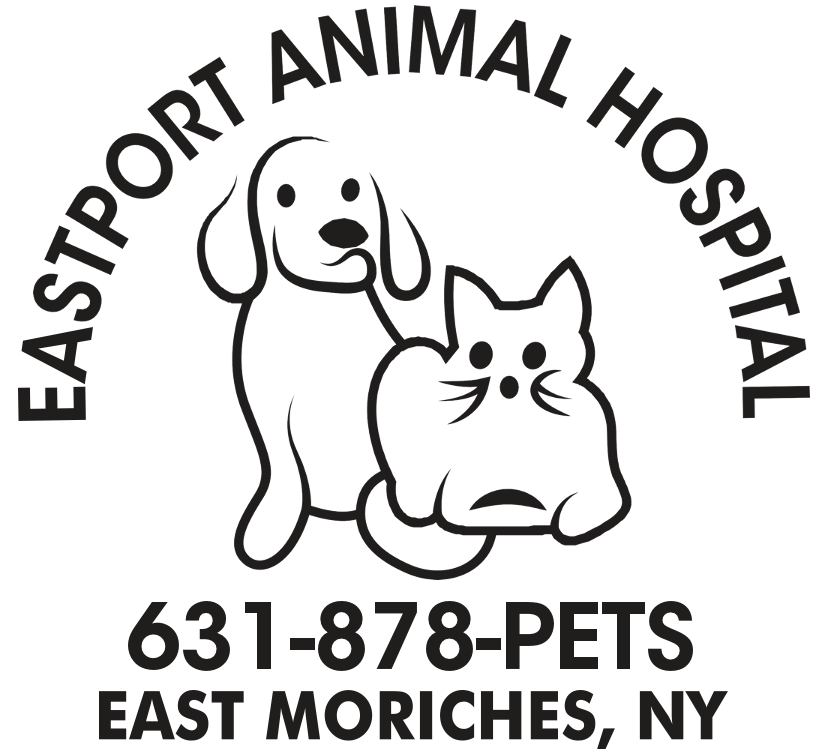Library
-
This condition takes its name from the comparable human condition, metabolic syndrome. It is a complex, multi-factorial problem involving numerous body systems. In humans it increases the risk of stroke, heart attack, diabetes and other potentially serious medical disorders.
-
Open and honest communication with your veterinarian and veterinary healthcare team throughout your cat's life lays the foundation for effective communication when that cat's life begins drawing to a close. Discussion with your veterinarian will clarify any specific medical implications of your cat's disease that can serve as benchmarks to suggest that euthanasia should be considered. Most often, euthanasia is provided at the veterinary practice or in your home. The veterinary healthcare team will be an important partner as you negotiate the difficult days and decisions leading up to your cat's peaceful passing.
-
Evan’s syndrome is the term used when a pet has both immune-mediated hemolytic anemia (IMHA) and immune-mediated thrombocytopenia (ITP). With this condition, the body destroys its own red blood cells and platelets. Prognosis is variable and depends on the underlying cause and the pet’s general condition at the time of diagnosis. Relapses are common.
-
Losing weight is difficult. Feeding a veterinary prescription weight-loss food is important, but energy expenditure is also important. Encouraging your cat to exercise can help to increase energy expenditure and can complement a successful weight-loss program.
-
Obesity occurs when a cat consumes more calories than they expend. Therefore, managing obesity in cats often requires both dietary changes and increased exercise/activity. There are several methods for increasing activity in cats, including play, using cat trees and climbing structures, outdoor enclosures, and intentional, active feeding practices. Each of these can be beneficial in promoting weight loss.
-
The pancreas is an organ near the stomach and small intestine that produces enzymes needed for digestion, as well as hormones such as insulin that regulate blood sugar levels. Dogs with exocrine pancreatic insufficiency (EPI) are unable to digest nutrients in their diet properly, resulting in maldigestion, weight loss, and abnormal feces than can appear unusually pale and fatty. The disease can be congenital, genetic (such as in German shepherds), or acquired through pancreatic damage. Prognosis is good with treatment, although rarely diabetes is associated with the condition.
-
Epiphora or excessive tearing from the eyes can be a sign of tear duct blockage or more serious eye problems. Clinical signs include dampness beneath the eyes, reddish-brown staining of the fur beneath the eyes, odor, skin irritation, and skin infection. The facial anatomy of short faced (brachycephalic) breeds may play a role in this condition. Treatment may include flushing of the nasolacrimal duct, or surgery to open the lacrimal puncta. The prognosis is variable and dependent on whether the underlying cause can be found and treated.
-
Epiphora or excessive tearing from the eyes can be a sign of tear duct blockage or more serious eye problems. Clinical signs include dampness beneath the eyes, reddish-brown staining of the fur beneath the eyes, odor, skin irritation, and skin infection. The facial anatomy of brachycephalic breeds may play a role in this condition. Treatment may include flushing of the nasolacrimal duct, or surgery to open the lacrimal puncta. The prognosis is variable and dependent on whether the underlying cause can be found and treated.
-
Ectropion, or outward rolling of the eyelid, can cause problems such as recurring conjunctivitis and drying out of the cornea. The clinical signs are a "sagging" or outward-rolling lower eyelid, although ectropion can affect any of the eyelids. A thick mucoid discharge often accumulates along the eyelid margin. Diagnosis is usually made on physical examination. Testing for hypothyroidism and for antibodies against certain muscle fibers may be done if looking for underlying causes. The treatment for mild ectropion generally consists of medical therapy; if the condition is severe, surgical correction can be performed to shorten the eyelids.
-
Entropion, or rolling in of the eyelids, is seen in many breeds and is considered a hereditary disorder. Most dogs will squint, hold the eye shut, and tear excessively (epiphora), though some patients will develop a mucoid discharge. Entropion can cause additional eye problems, such as corneal ulcers, perforations, or development of pigment on the cornea interfering with vision and chronically irritating to the dog. Entropion is corrected with surgery.

